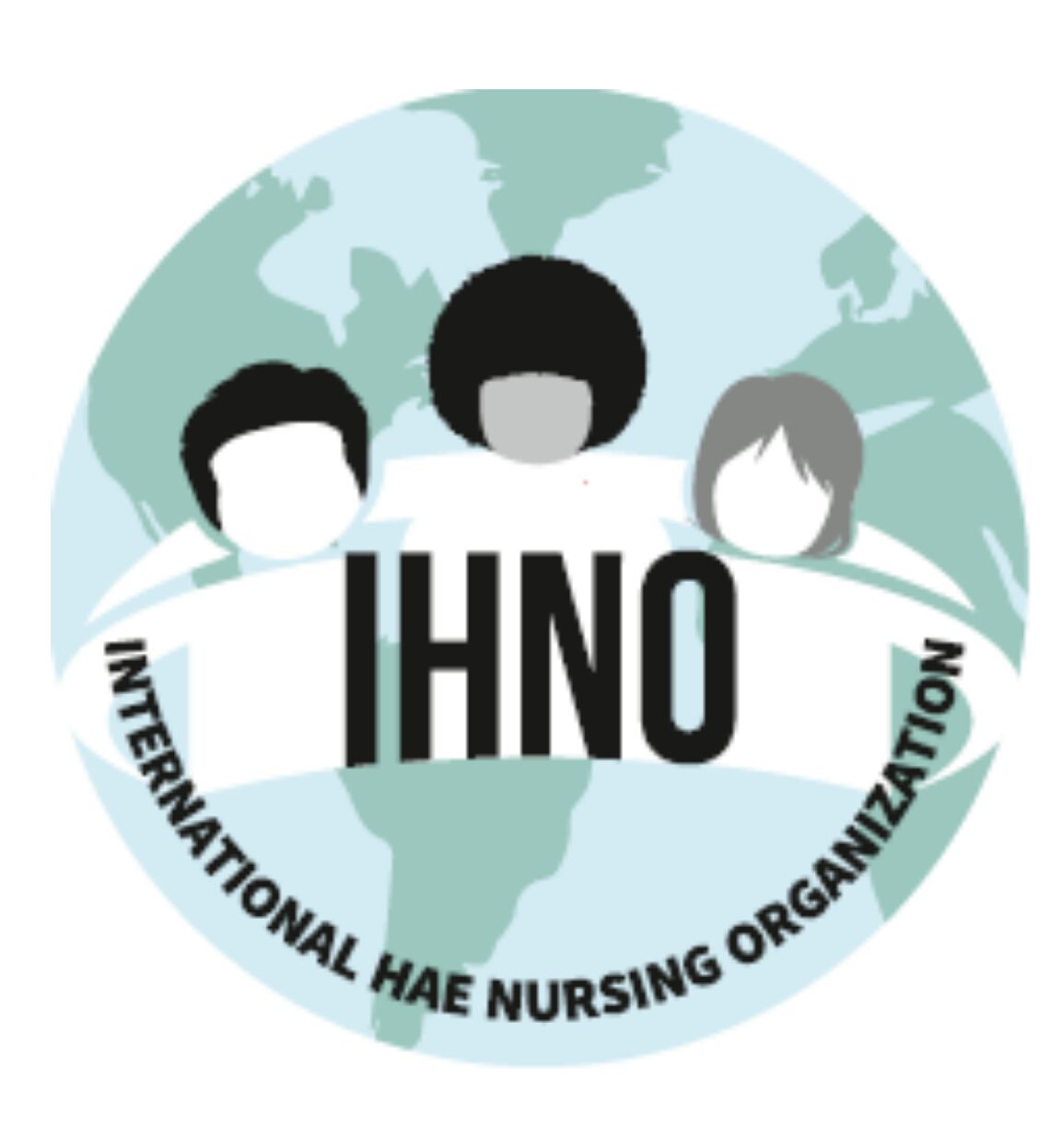
Survey to evaluate the nurses‘ education and role in HAE self-/home treatment
Introduction:
Patients suffering from hereditary angioedema (HAE), a rare, autosomal dominant disease, show recurrent episodes of swelling of the skin and subcutaneous tissue, which might be very painful and in case of laryngeal attacks even life-threatening. A common treatment option is the i.v. substitution of the missing protein C1-esterase-inhibitor (C1-INH). As attacks do not always come slowly, an early substitution is important and may be life-saving. Several European and American consensus documents and recently even a global guideline1 recommend medically controlled home-therapy/self-administration of the prescribed medicine (e.g. C1-INH) in acute attacks. Self-treatment / home therapy is recognized as preferred treatment option, because it reduces pain, morbidity, absence from school/work, costs, potentially even mortality and it improves quality of life.2 Essential for the success of self-treatment is an optimal training of the patients or family members in the technique of i.v. self-administration.
Treatment of Hemophilia as model for HAE:
The situation of HAE-treatment is very similar to the treatment situation of hemophilia. Hemophilia is a congenital bleeding disorder, characterized by low or even missing levels of coagulation factor VIII (hemophilia A) or IX (hemophilia B), resulting in spontaneous or trauma-induced bleeding events, which might be life-threatening. In hemophilia treatment, home-based self-administration of the missing coagulation factor is established since more than 40 years, because in case of an acute bleed self-infusion allows an early intervention and avoids serious complications. In most hemophilia treatment centers an experienced nurse as main contact person is responsible for training and guidance of the patients. Consensus documents and guidelines describe the qualifications of these nurses, but until recently, there was no consensus on the education required to develop the special skills and knowledge of hemophilia nurses. A working group of German hemophilia nurses carried out a survey to examine and collect data on the main aspects of their daily work, responsibilities, activities, working conditions, education, and satisfaction with the actual working and education condition. Later on, a similar survey has been done by a European working group (EAHAD Nurses Working Group). As a result of these activities, national and European curricula have been developed to standardize the nurses’ qualifications and education in order to meet the existing treatment guidelines.
Survey to evaluate the situation of HAE nurses:
One of the authors of this poster (KAa) is nurse with more than 25 years of experience in a medical center specialized in diagnosis and treatment of hemorrhagic and immunologic diseases and HAE. She participated in the German and European hemophilia nurses working groups. To her experience, the nurses’ role in hemophilia and HAE treatment is quite similar. Also in HAE treatment centers, the experienced nurse is the main contact person for the patients and is responsible for their training and guidance.
The authors of this poster want to initiate a survey among HAE nurses to find out the actual status of the nurses’ qualifications, education, daily work, and responsibilities:
- What do nurses in their daily work with patients and families affected by HAE ?
- How do nurses work together with their colleagues, doctors and other professionals ?
- What education, training and support do they get ?
- How would they like their work to develop ?
The aim of this survey is to characterize the actual situation of HAE nurses in different countries, to identify points for improvement, and to provide a resource to be used by nurses in different countries or internationally for the development of specialized educational programs or curricula. These should include basic knowledge of physiology, inheritance, clinical manifestation, diagnosis, complications, and treatment of HAE as well as skills and expertise to educate and train the patients, to help them coping HAE-related challenges at different life stages and to give them psycho-social support.
The authors will provide an appropriate questionnaire and would like to ask HAE treaters to inform their nurse(s) about this project. Interested nurses are asked to take part in the survey (contact: Karin.Andritschke@hzrm.de).
References:
1. Craig T, Aygören-Pürsün E, Bork K, et al.; WAO Guideline
for the Management of Hereditary Angioedema.
World Allergy Organ J, 2012, 5: 182-199
2. Cicardi M, Craig T, Martinez-Saguer I, et al.; Review of
Recent Guidelines and Consensus Statements on Hereditary
Angioedema Therapy with Focus on Self-Administration.
Int Arch Allergy Immunol, 2013, 161 (Suppl.1): 3-9
